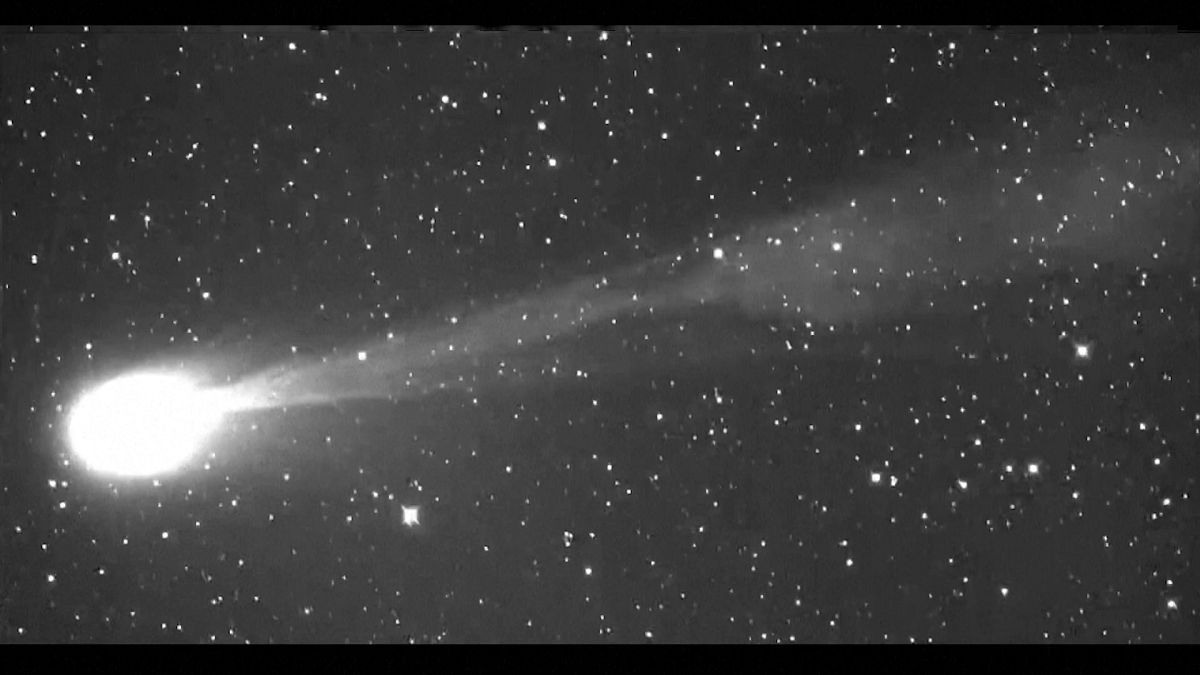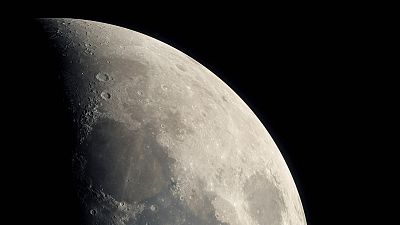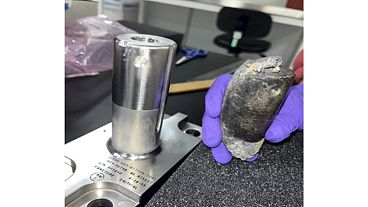While the 12P/Pons-Brooks comet won't be visible to the naked eye, experts say it can be viewed with a pair of binoculars or a telescope.
We might soon be able to see one of the brightest known periodic comets for the first time in 71 years.
The 12P/Pons-Brooks comet is currently nearing Earth according to experts. For most of us, it will be the only time in our lifetimes we will get to see it.
The comet is expected to reach its closest point to the Sun on April 21 and will be closest to Earth on June 2, according to astrophysicists.
The Virtual Telescope Project, an online service provided by the Bellatrix Astronomical Observatory in Italy, has released images of the comet taken in the Tuscan town of Manciano which boasts some of the darkest skies on the Italian peninsula.
"Right now, there is a very beautiful comet crossing the night sky. And this is a Comet 12P/Pons-Brooks," said Gianluca Masi, the director of the Virtual Telescope Project.
"This comet is a so-called periodic one. It just means that it is moving in an orbit around the sun, just periodically bringing it into the inner solar system to visit the king here, the Sun. That is the comet. Every period, in this case, every 71 one years, is back to its perihelion," added Masi.
How can we see it?
While the comet won't be visible to the naked eye, experts say, with a clear, dark sky and favourable weather conditions, it can be viewed with binoculars or a telescope in the northern hemisphere by the end of the month.
As it gets closer to its perihelion - the closest point of its orbit to the Sun - it will begin fading from view.
By June, it will be something only those in the southern hemisphere will be able to see.
The next opportunity to see 12P/Pons-Brooks will be around summer 2095.
The 12P/Pons-Brooks comet has regularly shown huge increases in brightness. This phenomenon, often called outbursts, excites skygazers particularly excites, according to Masi.
With an orbital period of around 71 years, it’s one of the brightest known periodic comets.
Masi says the Hale-Bopp comet, one of the brightest comets in history to swing past Earth, was the most remarkable the Virtual Telescope Project has captured.
Passing its perihelion in April 1997, the comet dominated the evening sky and was visible to the naked eye for a record-breaking 18 months.
"That comet in 1997 [Hale-Bopp] was honestly, the queen of the comets to me. While other comets - much brighter comets - were visible more recently, comet Hale-Bopp still was a winner because it has been visible for months by the naked eye," added Masi.
For more on this story, watch the video in the media player above.



